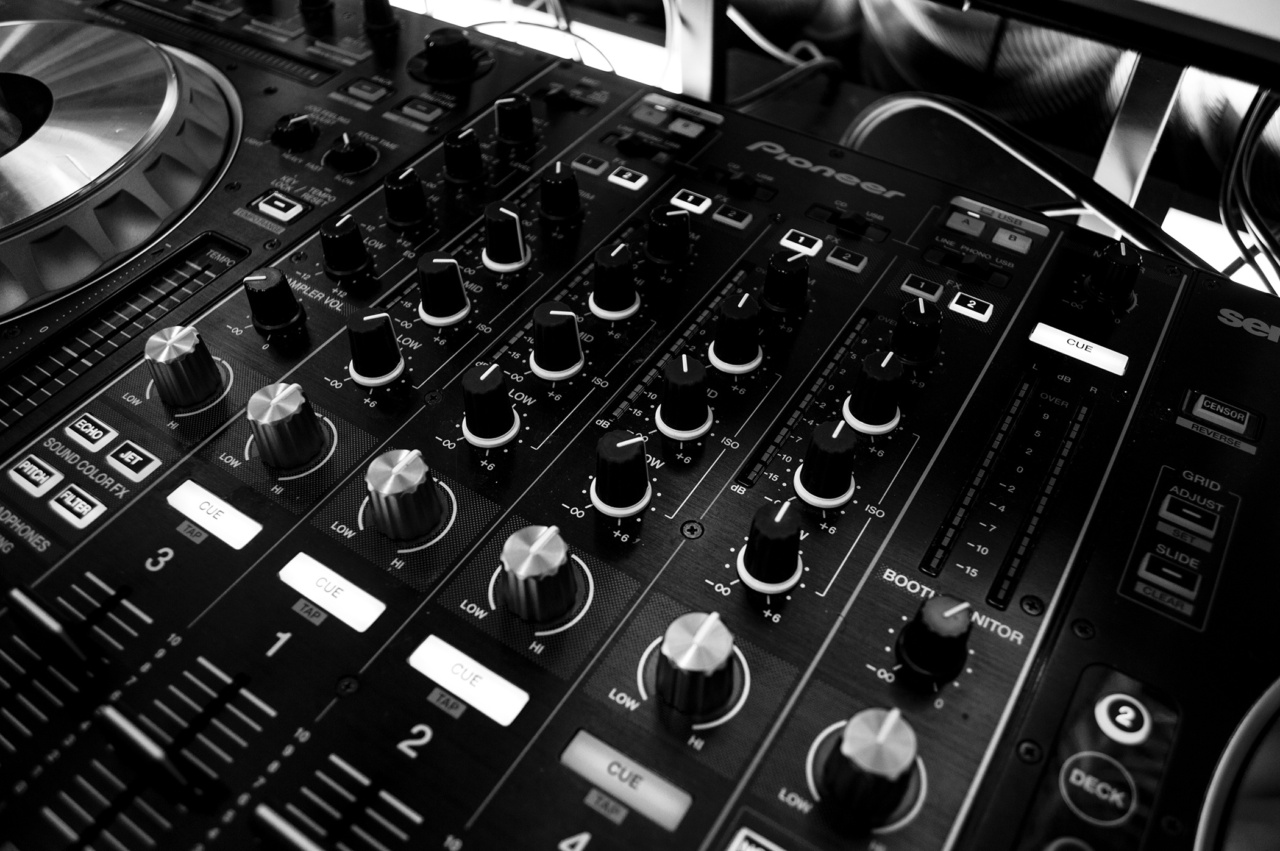Sound is an essential part of our everyday lives. We rely on it to communicate, to experience the world around us, and to navigate through our daily activities. But what happens when these everyday sounds turn into a source of torture?.
The Power of Sound
Sounds have a profound impact on our emotions and well-being. They can evoke joy, tranquility, or excitement. However, certain sounds can also trigger negative reactions, ranging from annoyance to extreme distress.
These distressing sounds are often referred to as misophonia, a condition in which ordinary sounds become unbearable and can even lead to anxiety and anger.
Common Everyday Sounds that Trigger Misophonia
While triggers can vary from person to person, there are several common sounds that tend to provoke intense feelings of irritation in individuals with misophonia:.
1. Chewing and Slurping
The sound of someone chewing food or slurping beverages can be a major trigger for those with misophonia.
The repetitive smacking noises can create a sense of agitation and discomfort, making it difficult for individuals to focus or even remain in the same room.
2. Pen Clicking and Keyboard Typing
Office settings can be particularly challenging for individuals with misophonia. The constant clicking of pens or the sound of keyboards typing can quickly become overwhelming, leading to feelings of frustration and irritation.
3. Loud Breathing and Snoring
For some individuals, the sound of someone breathing heavily or snoring can be incredibly grating. These sounds often disrupt sleep patterns and can cause extreme distress for both the individual with misophonia and their sleeping partner.
4. Finger tapping and Nail biting
The repetitive sounds of finger tapping or nail biting can be highly disturbing for individuals with misophonia. These sounds often trigger feelings of anxiety and agitation, making it challenging to concentrate or relax.
5. Mouth Sounds while Eating
While chewing was mentioned earlier, various other mouth sounds during eating, such as lip smacking or slurping, can also be overwhelming triggers. These sounds can cause individuals to feel a sense of disgust or aversion.
6. Sniffing and Sneezing
Sniffing and sneezing are natural bodily functions, but for a person with misophonia, these everyday sounds can be extremely irritating. The repeated and often loud noises can evoke intense feelings of frustration and anger.
7. Rustling and Crinkling Sounds
The sound of crinkling plastic bags, rustling papers, or crunching wrappers can be distressing for individuals with misophonia.
These sounds can create a constant sense of discomfort and irritability, making it challenging to find peace in such environments.
8. Vibrating Phone Alerts and Alarms
Our reliance on smartphones means that we are constantly bombarded by vibrating notifications and blaring alarm sounds. For individuals with misophonia, these auditory stimuli can quickly become overwhelming and cause heightened anxiety.
9. Whispering and Soft Talking
While whispering and soft talking may seem innocuous to most people, individuals with misophonia often find these sounds incredibly overwhelming. The heightened sensitivity to these sounds can lead to a feeling of unease and distress.
10. Repetitive Noises
Repetitive sounds of any kind can be highly problematic for individuals with misophonia. It could be the ticking of a clock, dripping tap water, or the droning noise of an engine. The constant repetition can provoke extreme irritation and even anger.
Coping Strategies
Living in a world where everyday sounds can turn into torture poses significant challenges for individuals with misophonia. However, there are coping strategies that can help mitigate the impact of these triggers:.
1. Noise-Canceling Headphones
Investing in a pair of noise-canceling headphones can be a game-changer for individuals with misophonia. These headphones block out external sounds, providing much-needed relief in triggering environments.
2. Relaxation Techniques
Engaging in relaxation techniques such as deep breathing, meditation, and yoga can help individuals manage their stress levels and minimize the impact of distressing sounds.
3. Sound Masking
Using sound machines or white noise generators can help mask triggering sounds, creating a more neutral auditory environment.
4. Avoidance Strategies
Identifying and avoiding triggering situations or finding alternative solutions can significantly reduce exposure to distressing sounds. For example, choosing to eat alone or in a quieter setting rather than in a noisy cafeteria.
5. Therapy and Support
Seeking therapy from a qualified mental health professional can assist individuals in managing misophonia and developing coping mechanisms tailored to their specific needs.
Conclusion
Living with misophonia can be incredibly challenging. Everyday sounds that are simply a part of life for most people can turn into torturous triggers for individuals with this condition.
However, with the right strategies and support, it is possible to minimize the impact of these triggers and regain a sense of peace and control in one’s life.































